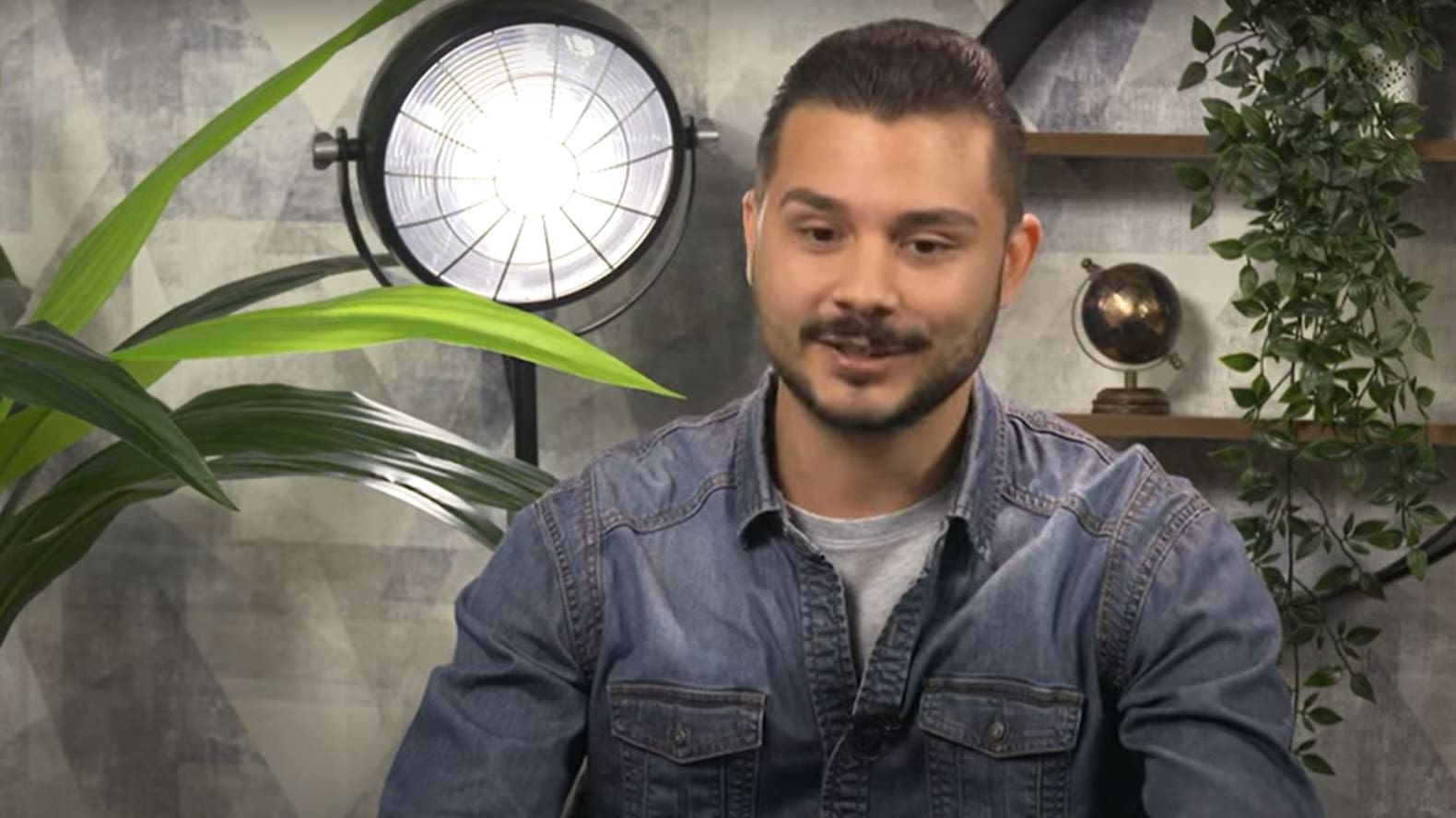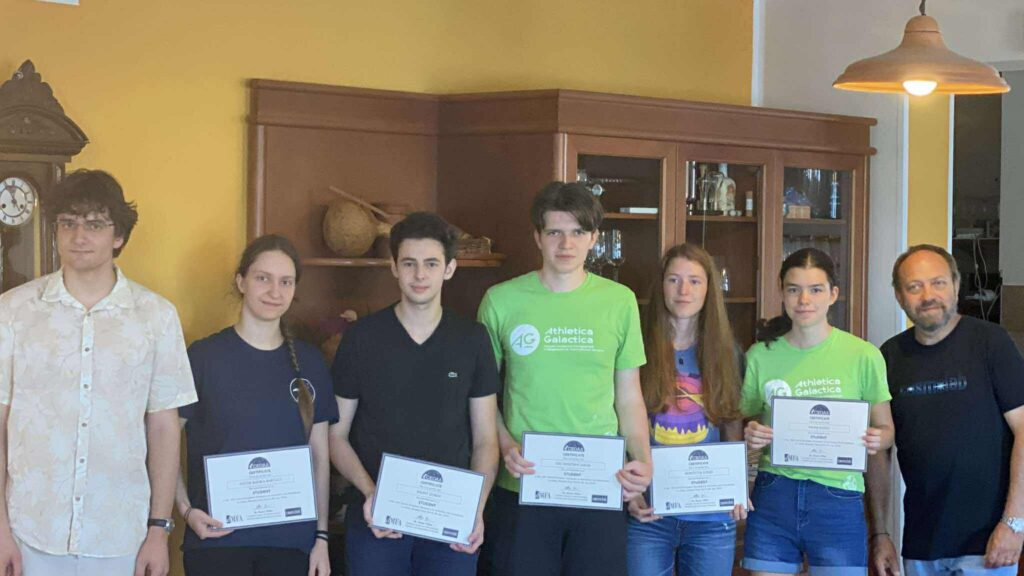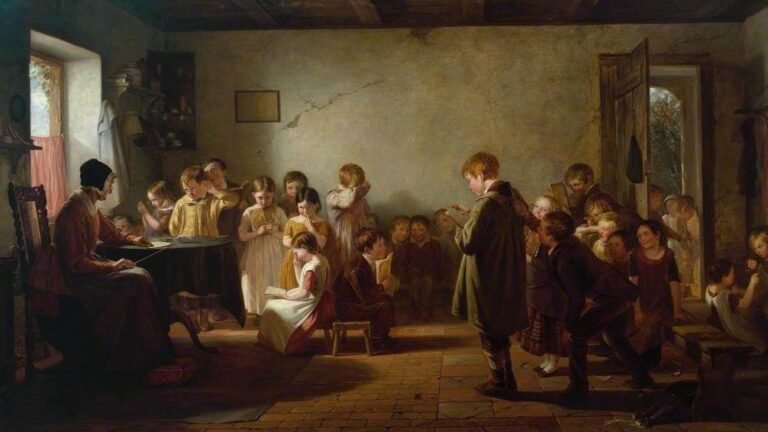TikTok is a fascinating platform, albeit one that needs to be regulated. It is incredibly broad and we are exposed to content every day that we didn’t even know existed. Hungarian Roma TikTok is no different. Let’s look at some good and bad examples to understand what I was talking about in the previous two articles.
I do not wish to talk about smaller profiles. There are quite a few alcoholics, drug addicts, and criminals who are all promoted, celebrated, and looked up to by the deceived Roma youth, despite the problematic lifestyles of these individuals. My focus instead is on the inspiring and ambitious figures who selflessly produce videos promoting positive values and setting a good example, without external support.
Let’s look at a few such examples!
’Sztojka Armando’
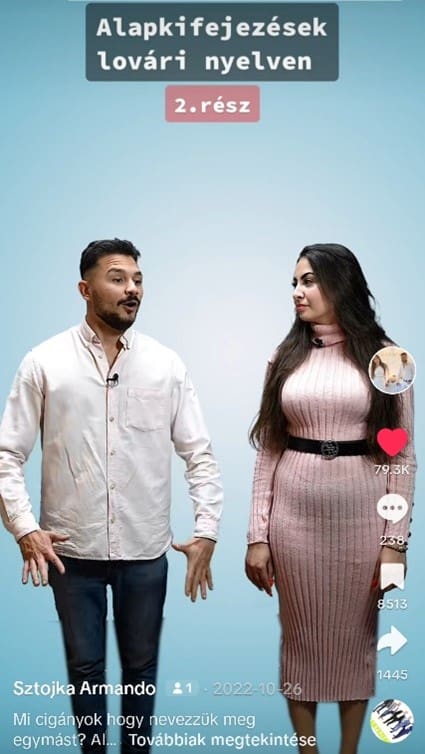
He is a presenter and singer, with a strong focus on Roma identity, language, dance, and culture, trying to bridge the gap between Roma and non-Roma in Hungary. There is a demand for this, as evidenced by his 85,000 followers, as well as the 590,000 likes and 1.7 million views on his pinned video.
’Roki Hivatalos’
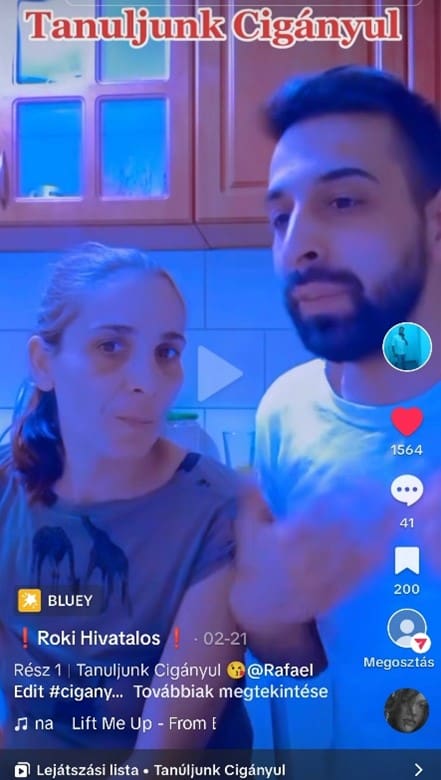
He is a background dancer for singer Barbi Opitz with 2.9 million likes and 146 thousand followers. In addition to her dance videos, she often posts with her mother about Roma customs along with their explanations. He also has a series titled ’Let’s Learn Gypsy’, which reaches a large audience and is well received in the comments.
’Abdullakobama’

365 thousand followers and 8.5 million likes are huge numbers. As a taste of his content, I would like to highlight this video of his. It is about a stereotype: he speaks out against the ostentation and the desire for expensive things that are typical of the Roma community. He points out that, instead, we could engage with each other for the sake of the community. For example, start with a ‘How are you?’ and even find God. They are both free, and what else do you need in life?
’A rézműves’
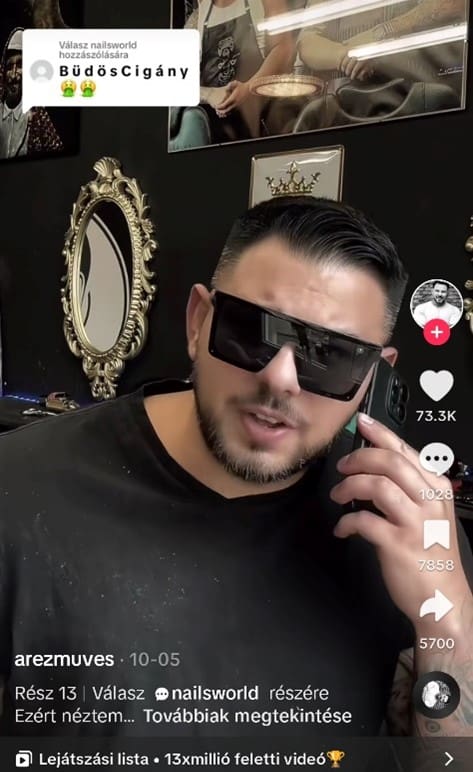
With 162 thousand followers with 3.3 million likes, he is also a very popular Roma profile. ‘Rézműves’ produces mostly humorous short videos with his Hungarian wife, often focusing on the differences between the Roma and the non-Roma. Their page is free of vulgarity and obscene content. One video from October received more than 1.1 million views, in which he responded to a racist comment in a comedy sketch. He claims he is not Roma, proves it by calling his mother, and then is ’shocked’ to find out he is not Turkish but Gypsy, making fun of the mean commenter.
’Dikhtoktv’
The well-known DikhTV is also present on TikTok, but its following is, in my opinion, below the expected level. They have 32,000 followers, 228,000 likes, despite the countless colourful and funny gypsy music videos. Sadly, they have given up their TikTok career, but on TV and radio, they are unique in Roma culture.
I have showcased these five accounts, but fortunately, there are more, although not enough. They unequivocally demonstrate that social media is not inherently problematic, but rather the users who misuse it.
However, why is gypsy content so popular on TikTok?
Well, partly because it is international. In the music industry, more and more Hungarian Gypsy artists are singing partly or only in Gypsy languages, because then not only Hungarians, but all Gypsies can understand their lyrics. This same phenomenon can be found in popular TikTok videos as well.
Having outlined the current state of affairs, I will now bring an end to my series of articles and compare my propositions with reality. I will also analyse the government’s policy towards the Roma and ascertain if our objectives are aligned.
Fortunately, they are. Our country’s 2030 Social Inclusion Strategy is an incredibly detailed, thorough document that covers almost every area—however, it does not mention social media or online programmes at all.
I contend this is erroneous given the strategy’s objectives, which include cultivating a sense of pride among Roma youth that can motivate them to express the desire and ambition needed to apply for advertised scholarships and programmes.
Another aim of the strategy is to enhance the involvement of Roma students aged 15–24 in higher education.
To be exact, this involves increasing the percentage from a baseline of 2.2% in 2019 to 3% in 2026 and 4% in 2030. The most obvious way to reach this target is to use TikTok, where Hungarian universities are already very active (e.g. the University of Sopron, Corvinus University of Budapest, University of Óbuda, University of Szeged, SOTE), but none of them specifically target Roma youth. Well, I believe there is a synergy between the government’s objectives and the possibilities presented by TikTok in addressing Roma policy.
It is also worth considering whether more progress can be made for the Roma community through general anti-poverty policies, or Roma-specific policies.
In my view, the initiatives, grants, actions, and dissemination of novel employment opportunities on TikTok to the neighbourhoods of disadvantaged settlements, which are aimed at integrating and uplifting the Roma would be a prime opportunity for merging a particular Roma policy and an overall poverty policy in order to eliminate segregation.
However, promotional material merely serves as a policy instrument and not an actual policy. The proposal’s primary objective is the effective and efficient utilisation of TikTok for social inclusion policy instruments. Relevant keywords include behaviourism, education, influencers, partnerships, message, and hope.
And what could be the result of all this? Here’s a table of the average views of ten Roma TikTok accounts with a positive message:
| Profile | Average views |
| Roki Hivatalos | 19.240 |
| Krisztytv | 41.170 |
| Abdullakobama | 44.150 |
| Dikh TV | 64.360 |
| Sarkadi Rita | 75.780 |
| Kenan Fodrászat | 83.830 |
| Horasz Official | 100.000 |
| Jónás Emil | 116.160 |
| Jecsmenik Arnold | 142.300 |
| A rézműves | 400.600 |
108,759 average views and 1,087,590 total views.
This is in a country of just under ten million people, with over two million TikTok users. This is the hidden potential of everything I have been writing about over the last few weeks. I hope I have been able to say something new and bring the world of TikTok and Hungarian Roma closer for the reader.
Related articles:

